Future Role of Authorized Generics: Market Outlook
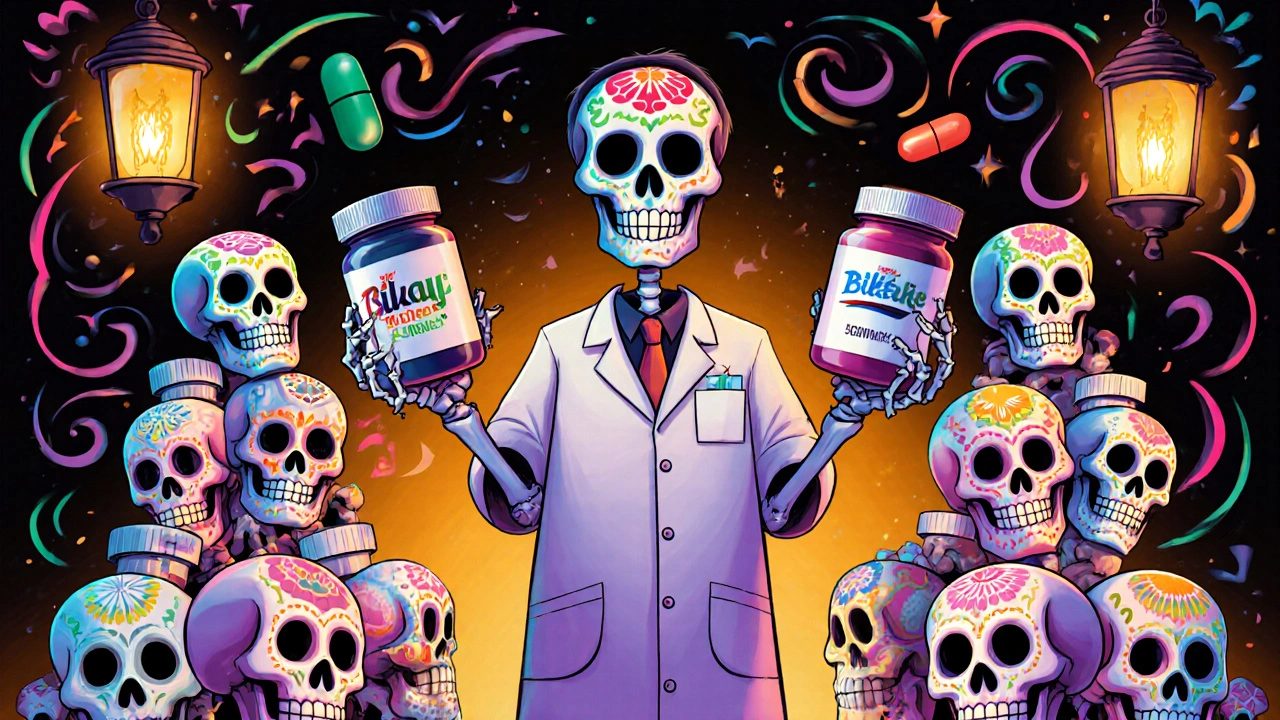
When a brand-name drug loses its patent, you’d expect prices to drop fast-thanks to generic competitors rushing in. But sometimes, something unexpected happens: the original drugmaker releases its own version, sold under a generic label. That’s an authorized generic. It’s not a knockoff. It’s the exact same pill, same factory, same formula-but cheaper. And in the next five years, these products will play a bigger, more complex role in shaping drug prices, competition, and patient access than ever before.
What Exactly Is an Authorized Generic?
An authorized generic isn’t approved through the usual Abbreviated New Drug Application (ANDA) process. Instead, it’s made by the brand-name company and sold under a generic name, often to retailers or distributors who then market it as a generic. The FDA has tracked these since 1999, and between 2010 and 2019, there were 854 such launches. Most appeared after the first traditional generic hit the market-not before. Why? Because brand manufacturers didn’t want to hurt their own sales. They waited until the generics started cutting into profits, then dropped their own version to compete directly.
Think of it like a company selling a $100 smartphone, then suddenly launching a $60 version of the same phone under a different name. The phone is identical. The packaging is different. And suddenly, customers have two options: the expensive brand or the cheaper same-thing. That’s the strategy.
Why Authorized Generics Are Growing
The U.S. generic drug market is set to hit $196.9 billion by 2034, up from $138.2 billion in 2024. That growth isn’t random. It’s driven by a wave of patent expirations. Between 2025 and 2030, drugs generating $217 billion to $236 billion in annual sales will lose exclusivity. High-revenue drugs like ustekinumab and vedolizumab-used for psoriasis, Crohn’s, and other chronic conditions-are losing patent protection right now. And when they do, the race is on.
Brand manufacturers know they can’t stop generics forever. But they can control the pace. Authorized generics let them stay in the game. Instead of losing 100% of sales to a competitor, they keep a slice. In markets where a traditional generic gets 180-day exclusivity, about 70% of authorized generics launched during that window. That’s not coincidence. That’s calculated.
And it’s not just pills. Authorized generics are most common in oral solid dosage forms-tablets and capsules-because they’re easier to copy. Complex biologics? That’s where biosimilars come in. But even there, the playbook is similar. By 2029, oncology and immunology biosimilars could unlock a $25 billion opportunity. Authorized generics may not be the main player in that space yet, but the strategy is evolving.
The Shift: Delayed Launches Are Declining
For years, brand companies held back authorized generics. They waited. They watched. They let the first generic take the hit, then swooped in. But that’s changing. According to RAPS in June 2025, the practice of delaying authorized generic launches is declining. Why?
Regulators are watching. Policymakers are asking questions. And patients are pushing back. When a brand company waits too long to launch its own generic, it effectively prolongs high prices. A 2025 JAMA Health Forum study found that delaying generic entry by three years added $2.5 billion in extra costs to commercial insurance and $2.4 billion to Medicare-just from drugs like imatinib and celecoxib.
There’s also pressure from the supply chain. The FDA’s October 2025 pilot program prioritizes ANDA reviews for generics made and tested entirely in the U.S. That’s a big deal. If a brand manufacturer wants to launch an authorized generic, they now have an incentive to shift production stateside-not just to save money, but to get faster approval. That could make authorized generics more transparent, more predictable, and less of a strategic weapon.

Who Wins and Who Loses?
Patients win when prices drop. Authorized generics often cost 10% to 30% less than the brand, and sometimes even less than traditional generics. That’s because the brand manufacturer doesn’t need to recoup R&D costs-they’ve already done that. They’re just selling the same product under a different label.
But there’s a catch. When a brand company launches its own generic, it can squeeze out smaller generic manufacturers. That reduces competition. And less competition means less downward pressure on prices over time. In markets where only one or two players exist, authorized generics can become a way to monopolize the generic space-not open it up.
Insurers and pharmacies benefit from lower prices, but they also get caught in the middle. Some pharmacies prefer to stock authorized generics because they’re reliable-same manufacturer, same quality control. Others avoid them because they’re still tied to the brand company’s pricing structure. It’s messy.
The Bigger Picture: Savings and Costs
Generic and biosimilar drugs saved the U.S. healthcare system $467 billion in 2024 alone. Over the past decade, that’s $3.4 trillion. Authorized generics contributed to that, but not always in the way you’d hope. Their strategic timing often meant patients paid more for longer. A 2022 Health Affairs study found that three-fourths of authorized generics launched after the first traditional generic entered. That’s not helping access-it’s delaying it.
But here’s the twist: when authorized generics launch early, they can actually speed up price erosion. If a brand company releases its own generic the day after patent expiration, the market collapses faster. That’s what’s happening more now. The decline in delayed launches suggests companies are realizing: playing hardball hurts their reputation. And regulators are watching.
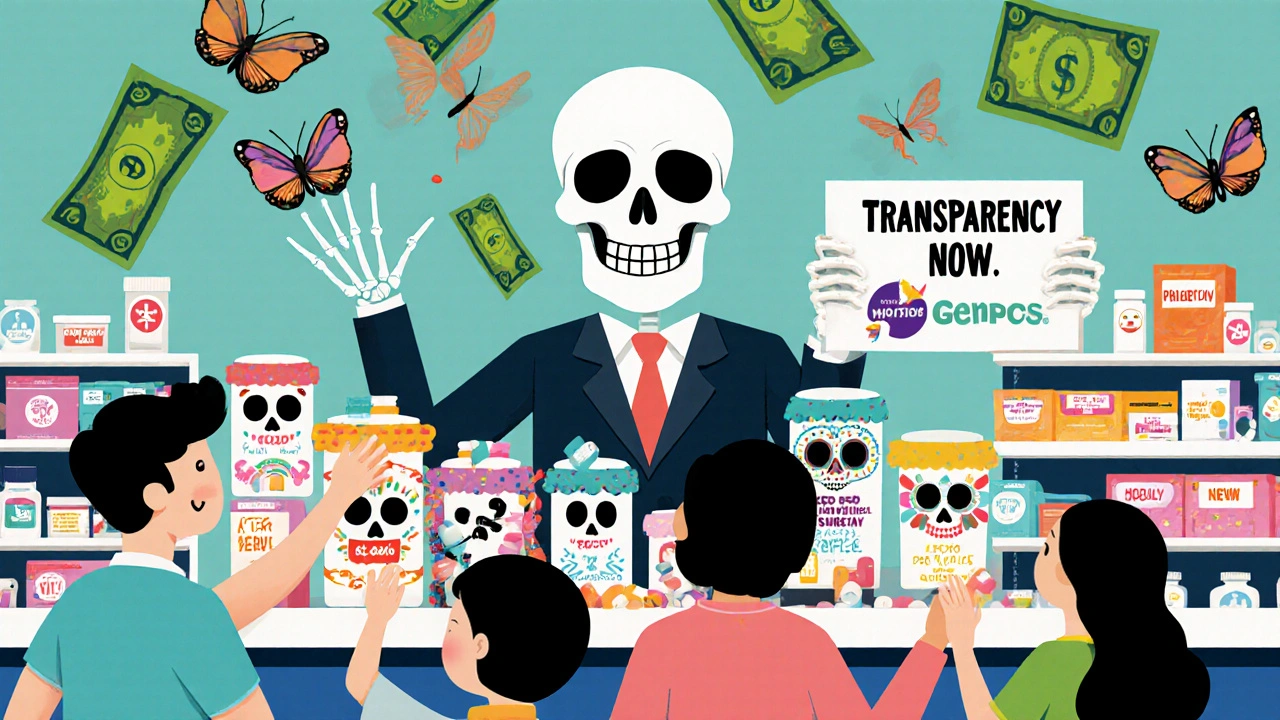
What’s Next?
The future of authorized generics isn’t about hiding. It’s about adapting.
With the FDA pushing for U.S.-based manufacturing, expect more authorized generics to be made domestically. That could mean fewer supply chain disruptions, more consistent quality, and faster approvals. It also means brand companies might invest more in their own generic divisions instead of licensing to third parties.
Biosimilars will keep growing. But for small-molecule drugs-pills, capsules, syrups-authorized generics will remain a key tool. The difference? They’ll be used less as a tactic to delay competition and more as a way to offer affordable alternatives without abandoning the market.
Expect more transparency. More scrutiny. And possibly, more regulation. If Congress or the FDA starts requiring brand manufacturers to disclose their authorized generic launch plans in advance, the whole game changes. No more waiting. No more games.
Bottom Line
Authorized generics aren’t going away. They’re evolving. What started as a way for big pharma to protect profits is becoming a tool for managing the transition from branded to generic markets. In the next five years, they’ll be more common, more regulated, and more transparent. Patients will benefit from lower prices-but only if the market doesn’t let a single company control both the brand and the generic version.
The real question isn’t whether authorized generics will survive. It’s whether they’ll become a force for competition-or just another way to keep prices high.

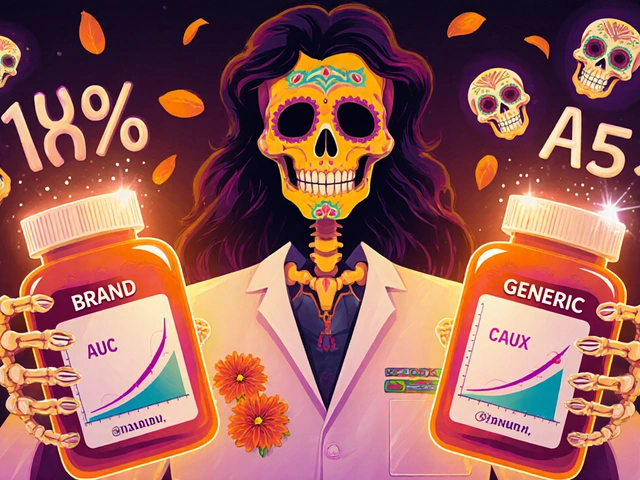
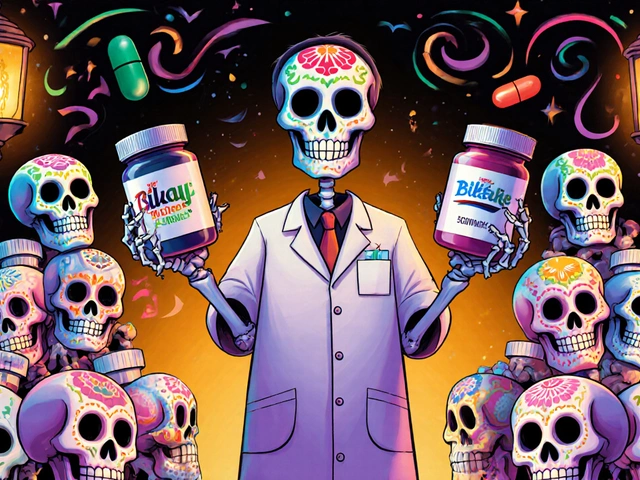
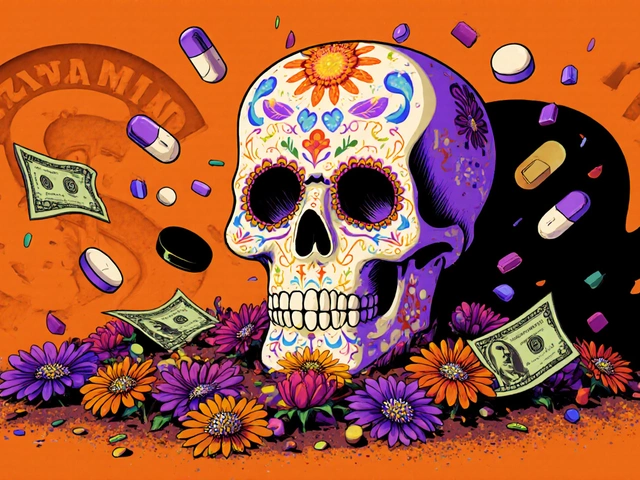

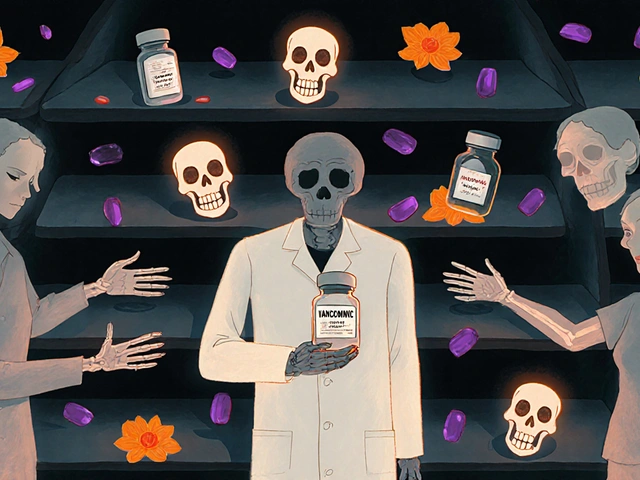
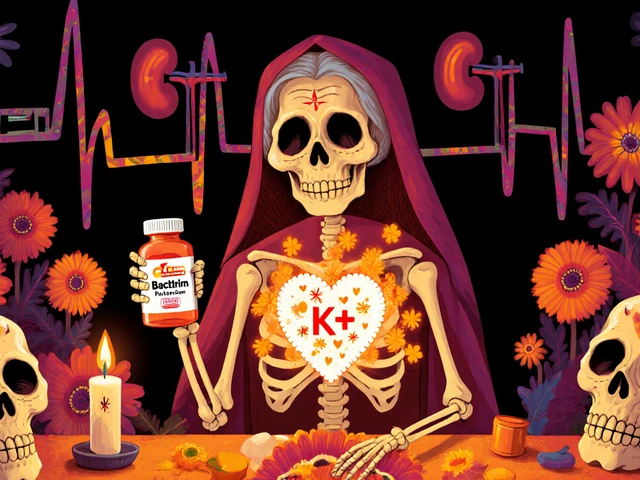
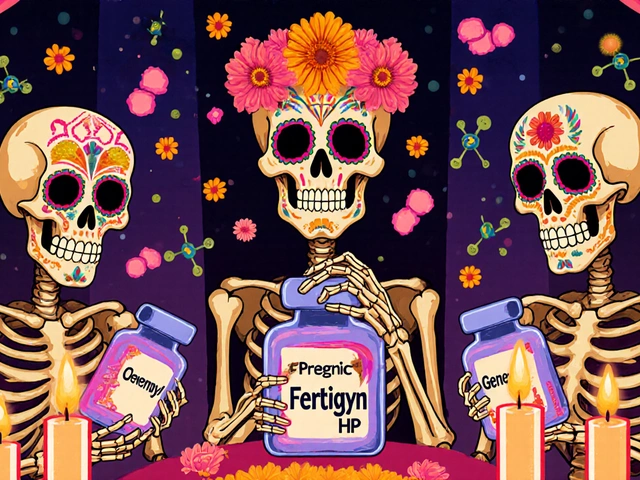

Authorized generics are such a weird loophole. Same pill, same factory, but now it’s 'generic' so insurance pays less. Pharma’s playing chess while we’re stuck with checkers. 🤷♀️
I’ve seen this firsthand. My dad’s psoriasis med went from $800 to $45 after the authorized generic dropped. No difference in the pill, just the label. FDA should require 'Made by [Brand]' on the box. Transparency > profit games. 😊
Oh wow so the company that made the $1000 pill now sells the $10 version and gets praised for 'helping patients'? Bro. 🤡
It’s fascinating how the supply chain pressure is shifting things. U.S.-based manufacturing incentives could actually make authorized generics less of a predatory tactic and more of a legitimate option. Not perfect, but a step. 🌱
I work at a small pharmacy. We used to hate stocking authorized generics-felt like we were helping Big Pharma. But then patients started asking for them because they were cheaper and didn’t have weird side effects from the knockoff generics. Now we stock 'em. It’s not ideal, but it’s real life. 💊
USA always think they own the world. In India we have real generics made by real companies not some pharma ghost who made the original. You guys let them play games with your health. Sad. 🇮🇳
The regulatory arbitrage here is nontrivial. The ANDA pathway creates artificial scarcity, whereas authorized generics leverage existing cGMP infrastructure to bypass the entry lag. This is essentially a regulatory capture play where the incumbent monetizes the transition cost asymmetry. The FDA’s pilot program is a structural intervention to reduce supply chain opacity. 🧬
Let’s be honest-this is just monopoly laundering. Same pill, same factory, same CEO. The only thing that changed is the label. And now we’re supposed to cheer because the price dropped 30%? The real win is when a *new* company makes it. Not when the villain just changes their hoodie.
I can’t believe people are okay with this. Big Pharma is literally stealing from us while pretending to be the hero. My cousin died because she couldn’t afford her med for 18 months while they waited to drop the 'generic'. This isn’t innovation. It’s cruelty with a spreadsheet. 😭
The only thing more unethical than the delay is the PR spin calling it 'patient access'.
I appreciate the nuance here. It’s not black and white. Yes, authorized generics can suppress competition. But when they launch early, they save millions. Maybe the answer isn’t banning them-it’s mandating launch timelines. Transparency, not punishment. We need policy that works with human behavior, not against it.